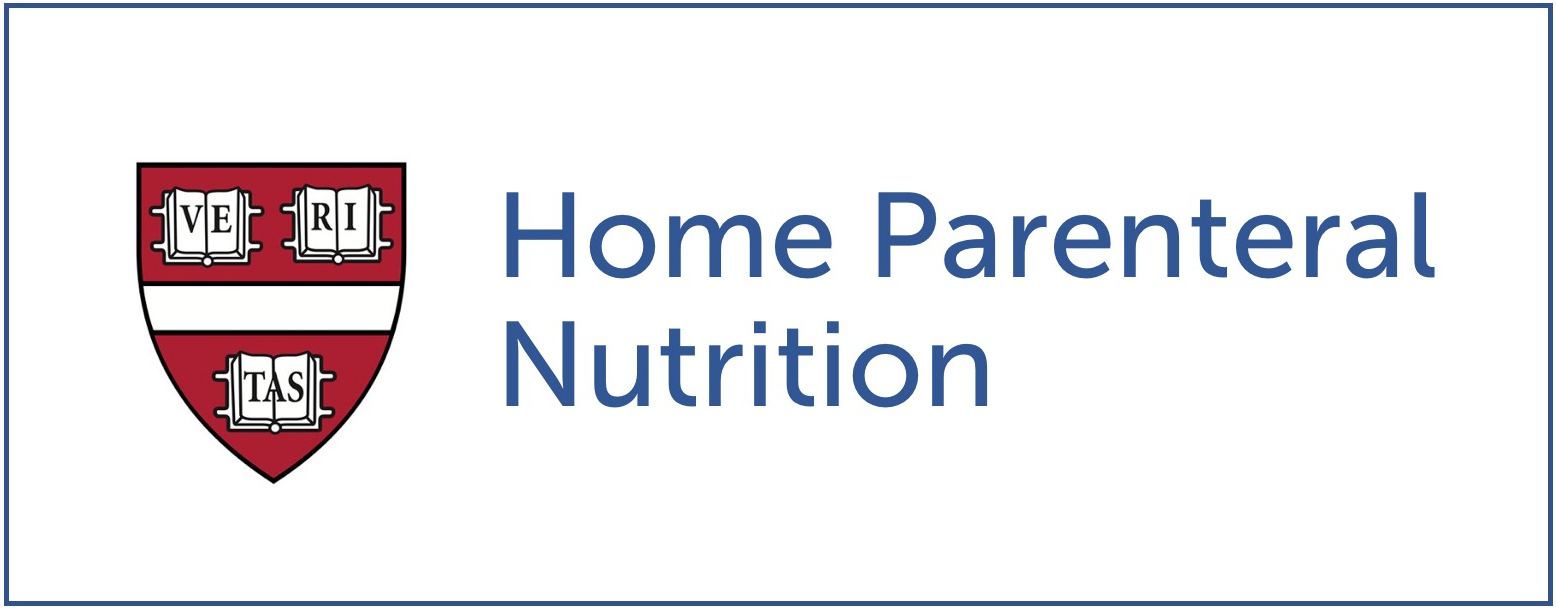
|
Mean Increments In Weight and Length for Boys Using CDC Growth Charts |
||||
|
Boys |
||||
|
Age (mos) |
Weight (g/month |
Weight (kg/yr) |
Length (cm/month) |
Length (cm/year) |
|
2-3 yrs |
132 |
1.6 |
0.7 |
9 |
|
3-4 yrs |
156 |
1.9 |
0.6 |
7 |
|
4-5 yrs |
181 |
2.2 |
0.5 |
6 |
|
5-6 yrs |
189 |
2.3 |
0.6 |
7 |
|
6-7 yrs |
197 |
2.4 |
0.5 |
6 |
|
7-8 yrs |
205 |
2.5 |
0.5 |
6 |
|
8-9 yrs |
247 |
3 |
0.5 |
6 |
|
9-10 yrs |
271 |
3.3 |
0.4 |
5 |
|
10-11 yrs |
329 |
4 |
0.4 |
5 |
|
11-12 yrs |
378 |
4.6 |
0.5 |
6 |
|
12-13 yrs |
419 |
5.1 |
0.6 |
7 |
|
13-14 yrs |
444 |
5.4 |
0.6 |
7 |
|
14-15 yrs |
436 |
5.3 |
0.5 |
6 |
|
15-16 yrs |
378 |
4.6 |
0.3 |
4 |
|
16-17 yrs |
304 |
3.7 |
0.2 |
2 |
|
17-18 yrs |
214 |
2.6 |
|
|
|
18-19 yrs |
156 |
1.9 |
|
|
|
19-20 yrs |
123 |
1.5 |
|
|
|
Mean Increments In Weight and Length for Girls Using CDC Growth Charts |
||||
|
Girls |
||||
|
Age (mos) |
Weight (g/month |
Weight (kg/yr) |
Length (cm/month) |
Length (cm/year) |
|
2-3 yrs |
148 |
1.8 |
0.8 |
9 |
|
3-4 yrs |
156 |
1.9 |
0.5 |
6 |
|
4-5 yrs |
173 |
2.1 |
0.6 |
7 |
|
5-6 yrs |
189 |
2.3 |
0.6 |
7 |
|
6-7 yrs |
214 |
2.6 |
0.6 |
7 |
|
7-8 yrs |
230 |
2.8 |
0.5 |
6 |
|
8-9 yrs |
279 |
3.4 |
0.4 |
5 |
|
9-10 yrs |
321 |
3.9 |
0.4 |
5 |
|
10-11 yrs |
353 |
4.3 |
0.5 |
6 |
|
11-12 yrs |
362 |
4.4 |
0.7 |
8 |
|
12-13 yrs |
345 |
4.2 |
0.5 |
6 |
|
13-14 yrs |
296 |
3.6 |
0.25 |
3 |
|
14-15 yrs |
214 |
2.6 |
0.08 |
1 |
|
15-16 yrs |
156 |
1.9 |
0.08 |
1 |
|
16-17 yrs |
99 |
1.2 |
0.08 |
1 |
|
17-18 yrs |
90 |
1.1 |
|
|
|
18-19 yrs |
90 |
1.1 |
|
|
|
19-20 yrs |
74 |
0.9 |
|
|
PubMed PMID: 28953527.

Genetic height potential
- Genetic constitution versus growth stunting
|
Boys
|
= (Father’s height + mother’s height + 13)/2
|
|
Girls
|
= (Father’s height + mother’s height - 13)/2
|
Height measurement
- Prone
- Standing >age 2
- Always make sure patient has shoes, hat off consistently
- Pt must have heels flush against the wall, arms straight
Short Stature
Short stature (Definition): Stature less than 2 standard deviations below the mean for age.
Differential Diagnosis of short stature: What's the bone age?
- Delayed bone age growth compared with chronological age
- Normal bone age growth compared with chronological age
- Accelerated bone age growth compared with chronological age
Familial (genetic) short stature
- Normal variant of growth
- Normal growth velocity.
- Normal bone age
Constitutional delay of growth and puberty
- Normal variant of growth -- normal size at birth, short childhood stature, but normal adult stature
- Delayed bone age
- Most common
- Low weight-for-height
- Prevents achievement of full adult height
- Rarely specific micronutrient leads to poor growth.
- Delayed bone age
- Malabsorption
- Increased energy expenditure
- Anorexia
- Diarrhea
- Delayed bone age
- Excessive weight-for-height.
- Easy bruising
- thinning of the skin
- softening of the bones
- muscular atrophy (wasting)
- general body weakness
- Diagnosis: Morning Cortisol level is elevated.
- Growth retardation
- Sluggish behavior
- Tongue enlargement
- Facial changes
- Constipation
- Thickened and puffy face and skin
- Nurolodevelopment abnormalities.
- Delayed bone age
- Proportional stunting
- Born small
- Catch up by age 2 to be within normal limits
